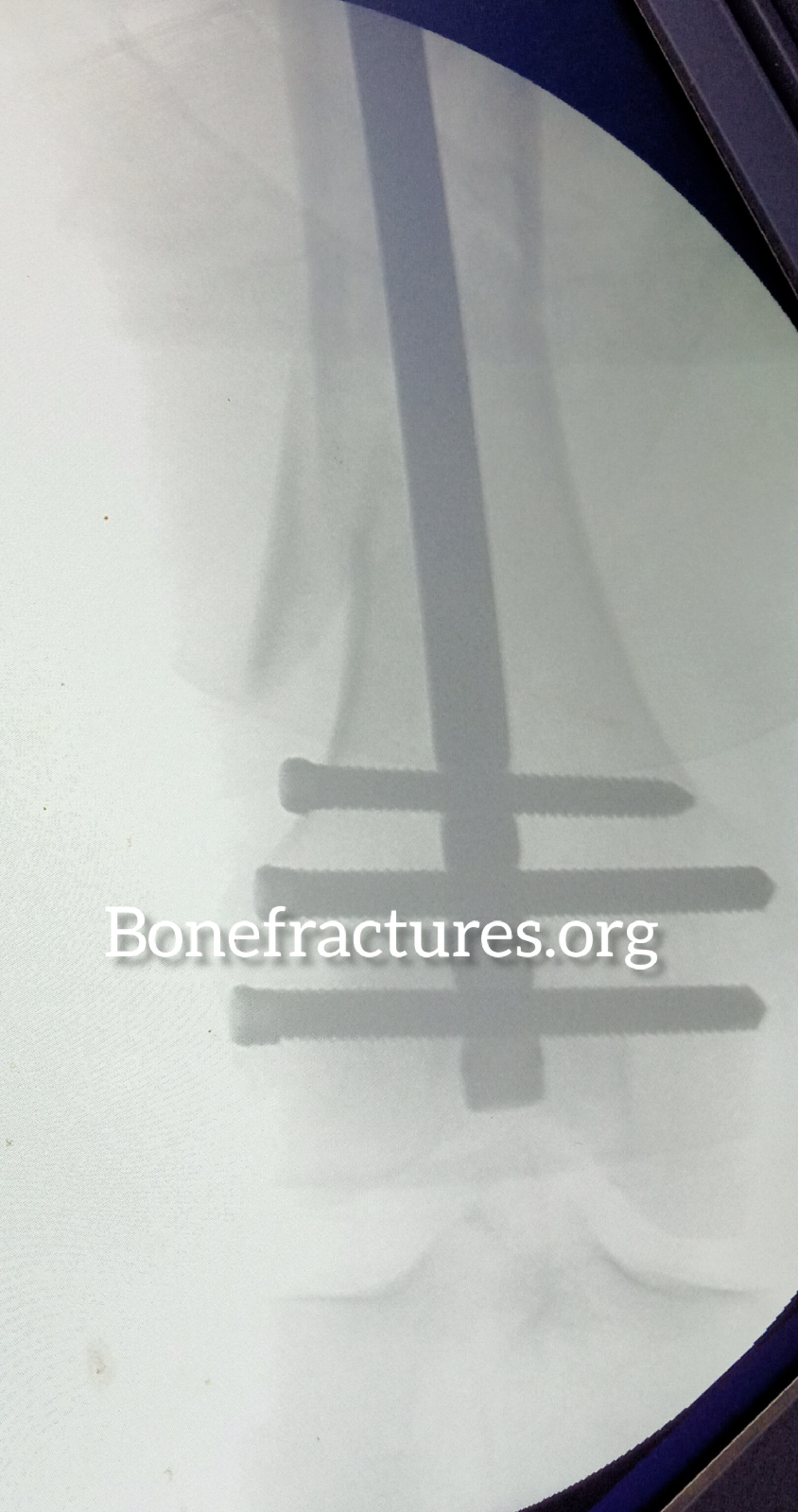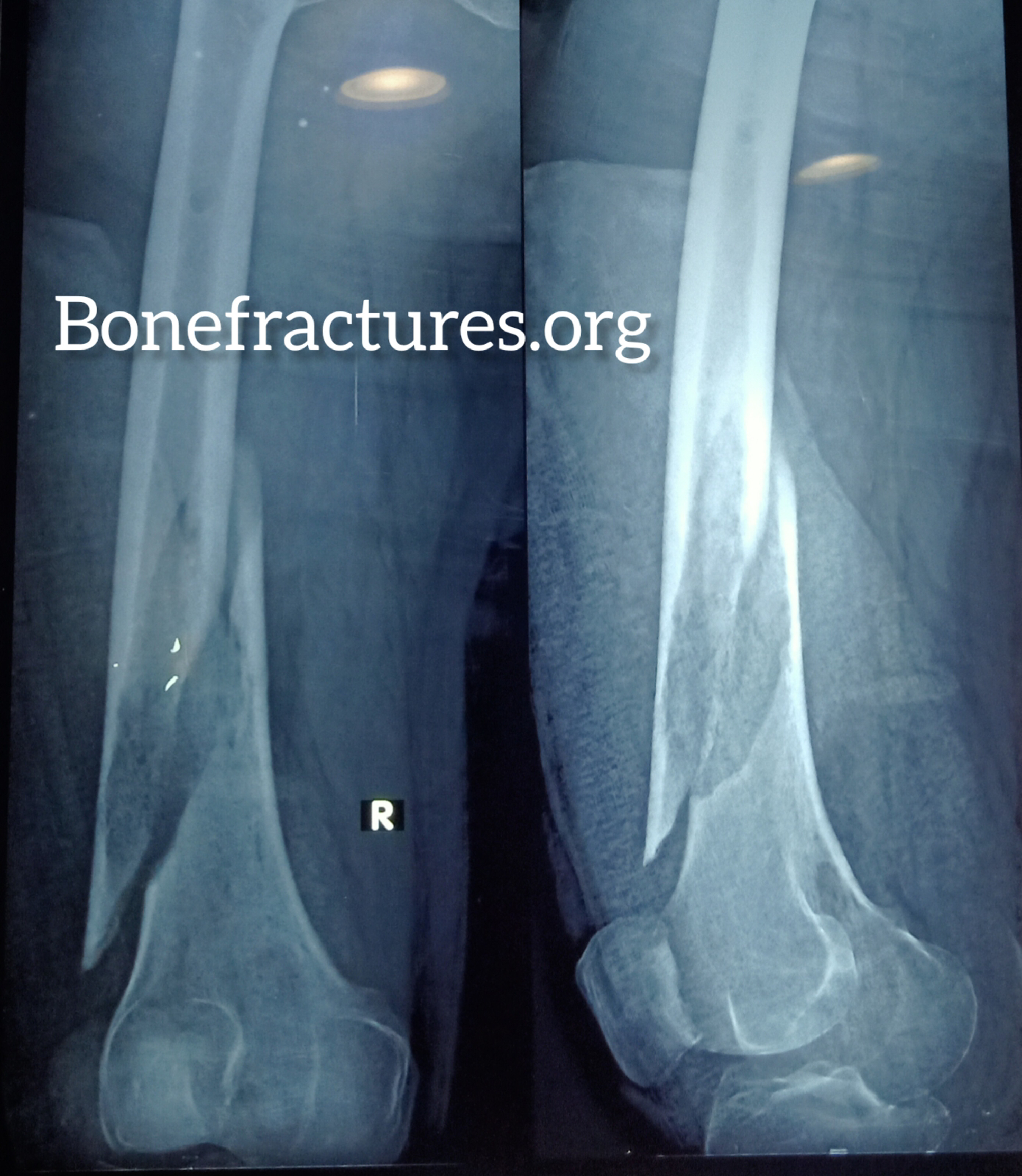A retrograde intramedullary nail is a long metal rod that is inserted into the bone through the knee joint and travels up the femur to the fracture site. The nail is then fixed in place with screws or locking bolts, providing stability and support to the fractured bone. This technique is often preferred over other methods, such as plates or external fixation devices, because it allows for early weight-bearing and faster recovery.
Fixation of distal femoral pathological fractures in multiple myeloma with a retrograde intramedullary nail has been shown to be a safe and effective treatment option. A study published in the Journal of Bone and Joint Surgery followed 16 patients with multiple myeloma who underwent this procedure for distal femoral fractures. The study found that all fractures healed successfully, and there were no major complications such as implant failure or infection.
One advantage of using a retrograde intramedullary nail for these types of fractures is that it can provide immediate stabilization, which is important in patients with multiple myeloma who may have weakened bones. Additionally, this technique can allow for early mobilization and may improve functional outcomes compared to other treatment options.
However, there are also some potential drawbacks to consider. For example, insertion of the nail through the knee joint can increase the risk of damage to the cartilage or other soft tissues in the joint. In addition, the nail may need to be removed at a later time, which can be a separate surgical procedure with its own risks.
Overall, fixation of distal femoral pathological fractures in multiple myeloma with a retrograde intramedullary nail is a viable treatment option that should be considered in appropriate cases. However, it is important to weigh the potential benefits and risks with the patient's individual circumstances and preferences, and to carefully discuss the procedure and its potential outcomes with the patient and their family.




